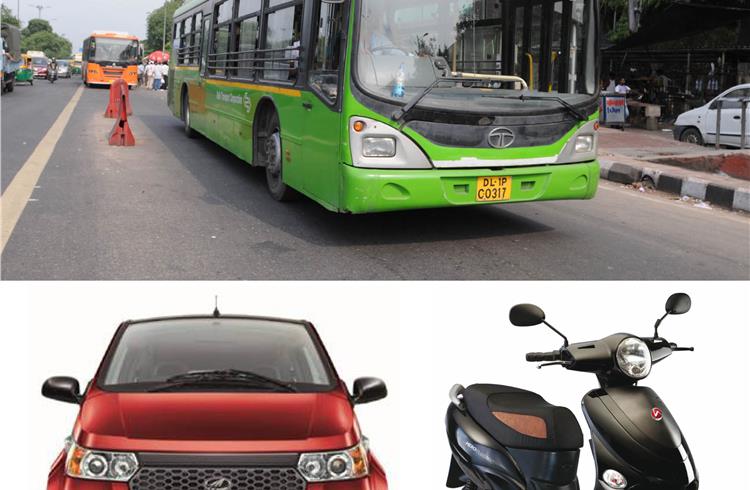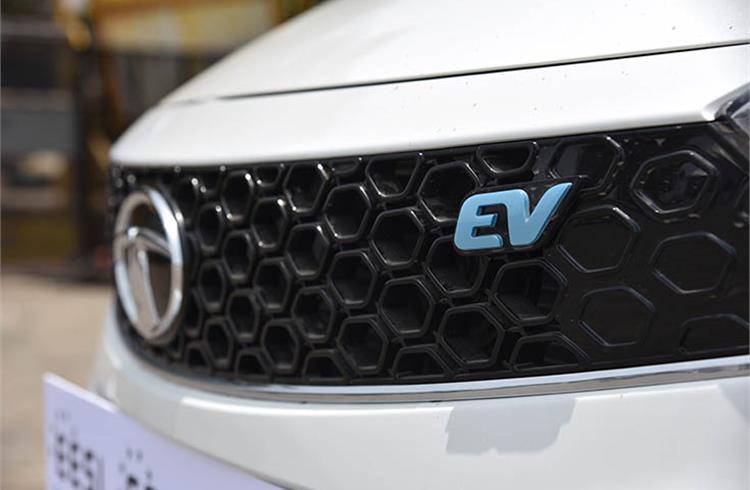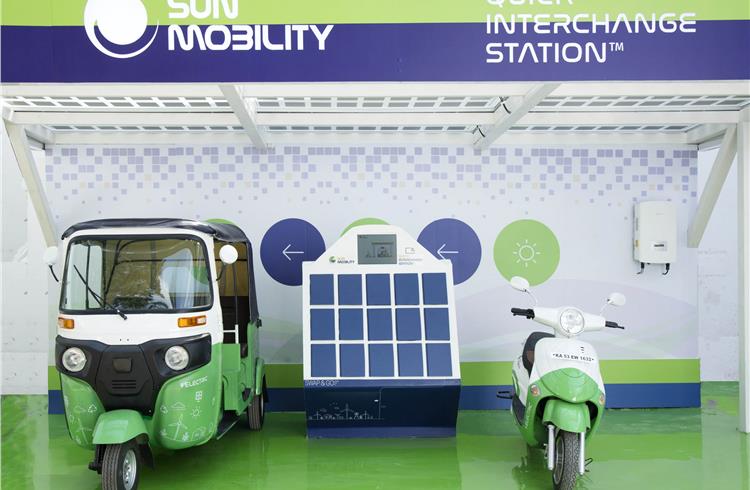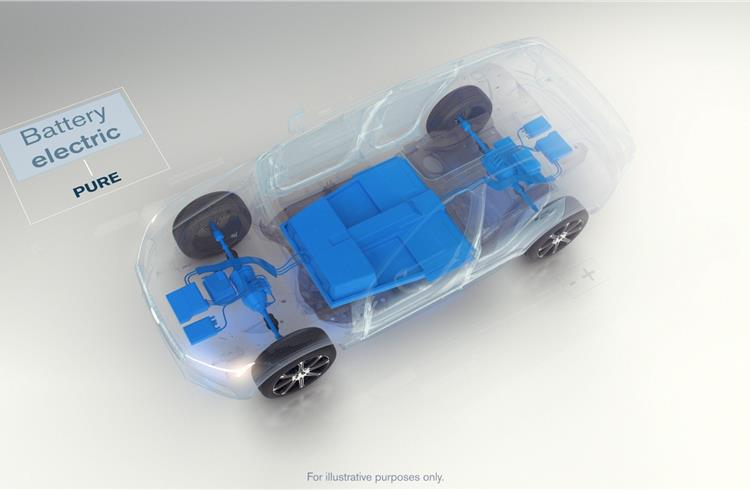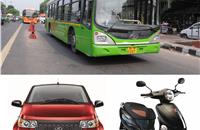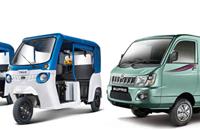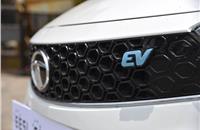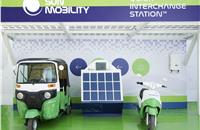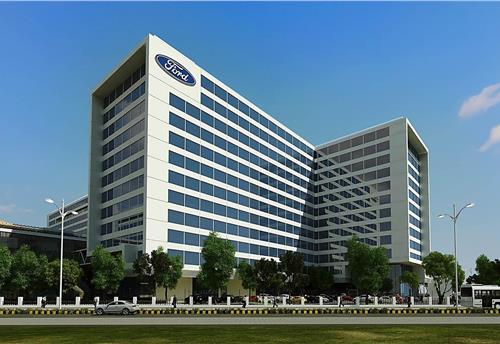FAME India Phase II outlay of Rs 10,000 crore gets government approval
While FAME II looks to focus on electrifcation of public transport, it plans to support 1 million e-two-wheelers, 500,000 e-three-wheelers, 55,000 four-wheelers and 7,000 buses over a 3-year period.
Everything is official about it now. On February 26, Autocar Professional broke news about the planned Rs 10,000 crore budget outlay for the second phase of the 'Faster Adoption and Manufacturing of Electric Vehicles in India Phase II (FAME India Phase II)' for accelerating adoption of electric mobility in the country.
Late yesterday evening, the Union Cabinet chaired by Prime Minister Narendra Modi approved the proposal for implementation of scheme titled 'Faster Adoption and Manufacturing of Electric Vehicles in India Phase II (FAME India Phase II)' for promotion of electric mobility in the country. The scheme with total outlay of Rs 10,000 crores over the period of three years will be implemented with effect from April 1, 2019. This scheme, applicable from 2019-20 to 2021-22, is the expanded version of the present scheme titled FAME India 1, which was launched on April 1, 2015, with total outlay of Rs 895 crores.
FAME India Phase II aims to encourage faster adoption of electric and hybrid vehicles by way of offering upfront incentives on purchase of electric vehicles and also by establishing necessary charging infrastructure for EVs, which is critical if e-mobility is to take root in the country.
Key highlights of FAME ii
- The emphasis is on electrification of the public transportation that includes shared transport.
- Demand incentives on an operational expenditure model for electric buses will be delivered through State/city transport corporation (STUs).
- For the electric three-wheeler and four-wheeler segments, incentives will be applicable mainly to vehicles used for public transport or registered for commercial purposes.
- In the electric two-wheeler segment, the focus will be on private vehicles.
- FAME II plans to support 1 million e-two-wheelers, 500,000 e-three-wheelers, 55,000 four-wheelers and 7,000 buses.
- To encourage advance technologies, the benefits of incentives, will be extended to only those vehicles which are fitted with advanced batteries like a lithium ion battery and other new technology batteries.
- The scheme proposes for establishment of charging infrastructure, whereby about 2,700 charging stations will be established in metros, other million plus cities, smart cities and cities of hilly states across the country so that there will be availability of at least one charging station in a grid of 3km x 3 km.
- Establishment of charging stations are also proposed on major highways connecting major city clusters. On such highways, charging stations will be established on both sides of the road at an interval of about 25km each.
Industry welcomes FAME Phase II
The sizeable outlay for incentivising electric mobility in the country is just what EV manufacturers have been wanting and have welcomed it. In fact, at SIAT 2019 in end-January in Pune, the allocation to FAME II was stated at Rs 5,500 crore. It now appears to have doubled.
Commenting on the FAME II scheme, Dr Pawan Goenka, managing director, Mahindra & Mahindra said: “We applaud the approval of FAME II scheme by the Union Cabinet. The new outlay of Rs 10,000 crore over a period of three years provides a stable policy to promote green mobility in India. It addresses the key issues including National Energy Security, Mitigation of the adverse impact of vehicles on the environment and Growth of domestic technology and manufacturing capabilities. The revised FAME II removes all the uncertainty and will put electric vehicles in the fast lane. Mahindra supports the Central Government’s focus to boost EVs in public transportation and now requests local authorities to help facilitate plying of electric vehicles on Indian roads.
“Government support with the FAME II scheme is holistic and includes focus on charging infrastructure with a clear emphasis on ‘Make in India’. We feel that it is now the responsibility of suppliers, OEMs and mobility service providers to invest in EVs and make India's EV dream become a reality.”
In a tweet, Dr Goenka said: "Thank you GoI for approving FAME II scheme. Government now has done what they had to do. It is now for suppliers, OEMs, mobility service providers to make Electric Vehicles a reality. We have no excuse left now."
The Society of Manufacturers of Electric Vehicles (SMEV), in a statement, said: “We are thankful to the government for accepting our demands for a long-term scheme with substantial fund support. The support would encourage associated industry players to invest in the sector, which will further help in creating an ecosystem, locally. We look forward to seeing the final notification from the Ministry, which will give us clarity on the government’s roadmap of e-mobility.”
The Society of Indian Automobile Manufacturers (SIAM) has welcomed the FAME II scheme, Rajan Wadhera, president, SIAM and president - automotive sector, Mahindra & Mahindra, said: "This will provide a big fillip to our joint efforts to introduce higher levels of electric mobility in the country. "
The apex body said that for the past two years, the industry has been eagerly waiting for the announcement of a long term policy including the FAME II scheme to be finalised. The industry would like to thank government for announcing the second phase of FAME as well as for having continued the FAME I scheme during the interim period to ensure that continuity in the scheme was maintained.
According to Wadhera, the auto industry is looking to make huge investments in manufacturing EVs in all categories of vehicles in addition to developing an indigenous supply chain. According to Wadhera, the three-year scheme with significantly enhanced financial allocations as reported, will instill tremendous confidence in the auto as well as in the component industry while taking long-term investment decisions in EV development and manufacture, with minimum risk.
"As per our understanding, the FAME II will focus on EVs used for commercial applications and two- & three-wheelers, and in creating the necessary infrastructure and ecosystem for EVs, which is a welcome move. While the details of the scheme will be known shortly, the announcement, in itself, is a major milestone and augurs very positively for ushering clean and sustainable mobility in the country which the industry and SIAM will fully support," concluded Wadhera.
Ayush Lohia, CEO, Lohia Auto, said, “The Rs 10,000 crore package will make two- and three-wheeler electric vehicles very attractive to customers as it would end up bringing down their costs compared to petrol vehicles. It will also increase the sales push, consumer acceptance and help build a customer base. We welcome the government proposal to establish EV charging infrastructure, whereby close to 2,700 charging stations will be installed in metros, other million-plus cities, smart cities and cities of hilly states across the country, which is going to give a major push to e-vehicle users."
Welcoming the move, Naveen Munjal, MD, Hero Electric, said: “We welcome the government’s decision for approving FAME II policy to have a long term framework with an emphasis on electric two- and three-wheelers. We at Hero Electric are fully committed to working towards enhancing the government’s vision of strengthening the electric vehicle ecosystem and look forward to a conducive policy keeping in mind the concerns and expectations of the industry. This new policy will encourage associated industries to invest into the EV Sector thereby creating a healthy and widespread ecosystem“.
“While the move to implant this policy will promote sustainability and will encourage faster adoption of electric and hybrid vehicles, the new policy outlay for electric two-wheelers should not only focus on the battery power but also on speed and range of the vehicles. Majority of the electric two-wheelers are sold in the belly of the market segment and do not require very large batteries and power and operate at city speeds of 30-35kph, and by keeping the subsidy based only on battery power may result in increase in cost of the electric two wheelers in this segment. We would urge the government to consider the same and look forward for a positive growth of the industry. We await the final notifications from the concerned ministries which would give us further clarity on the roadmap ahead,” concluded Munjal.
Also read: FAME II budget outlay around Rs 10,000 crore, Cabinet nod likely this week

RELATED ARTICLES
Uniproducts India targets 15% growth till FY2027, eyes new EV OEMs for NVH parts
The Noida-headquartered company, which is a leading manufacturer of roof liners, floor carpets, sound insulation materia...
Ford to build more EV software capability at Chennai tech hub
Ford Business Solutions India, which currently employs 12,000 personnel set to add 3,000 more; Ford, which is known to b...
ASK Automotive to set up JV with Aisin to sell aftermarket parts for cars
Ask Automotive will have 51% of the equity of the joint venture to be set up with Aisin Asia (Thailand) Company and Aisi...





 By Autocar Pro News Desk
By Autocar Pro News Desk
 01 Mar 2019
01 Mar 2019
 15939 Views
15939 Views



